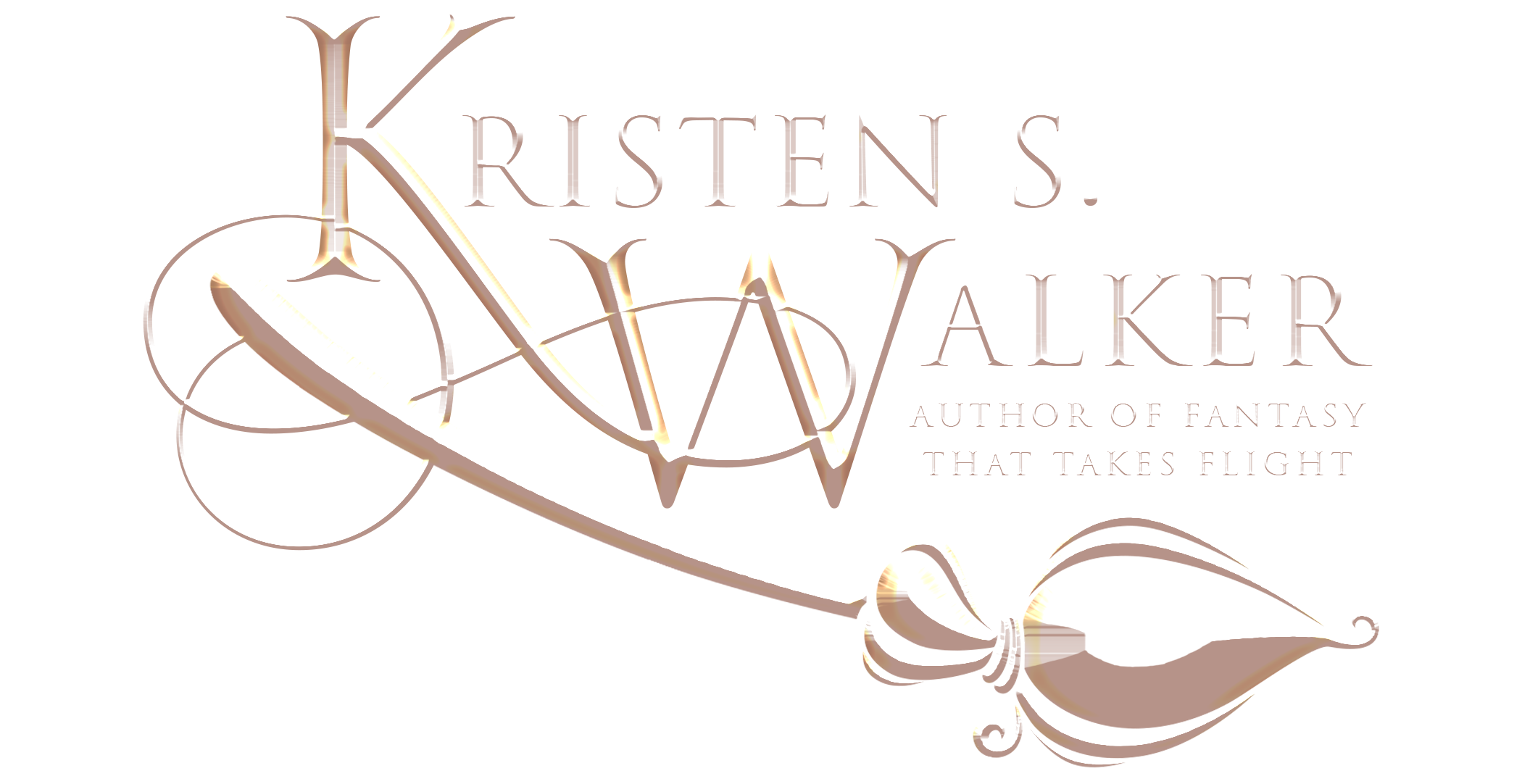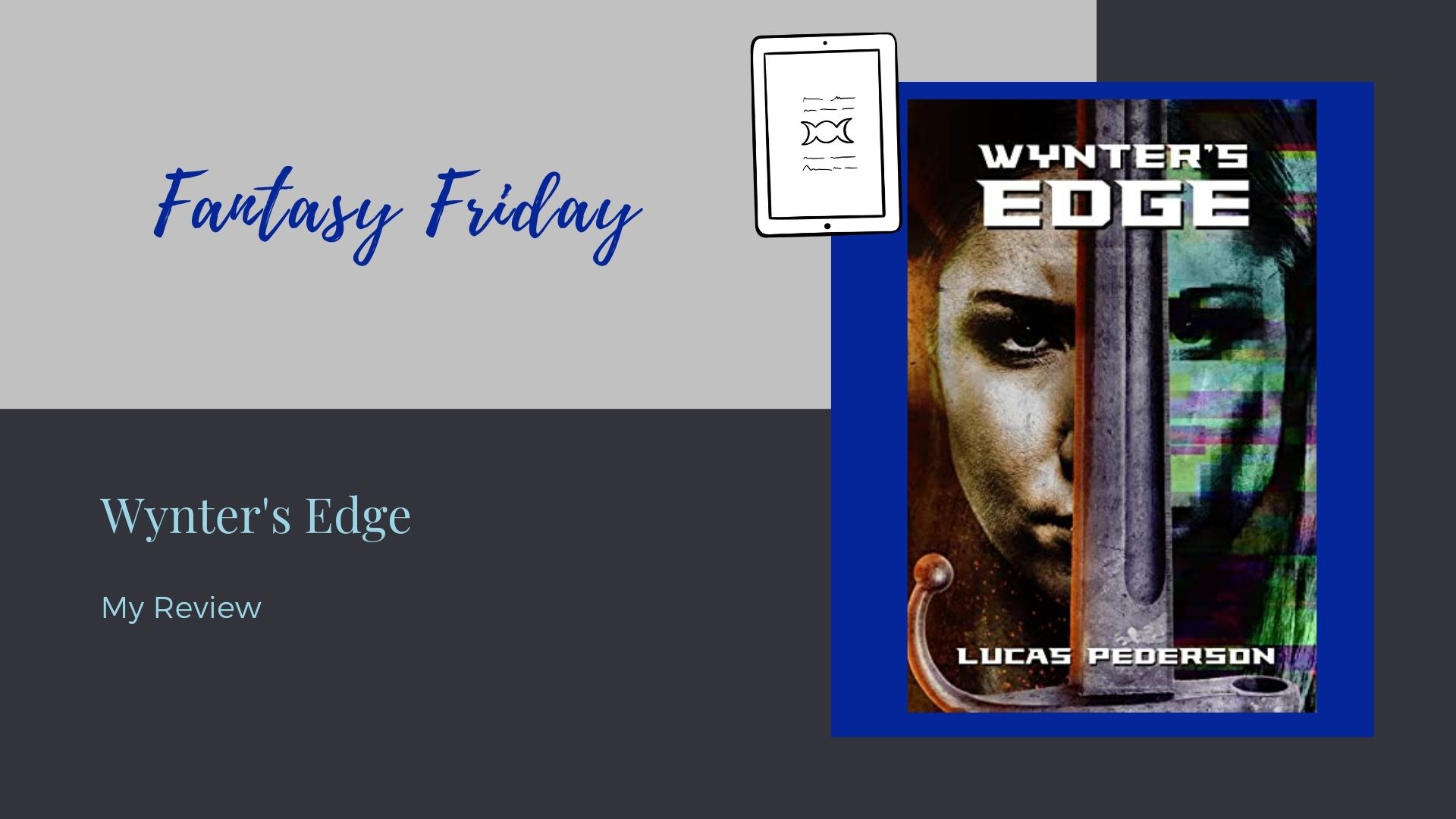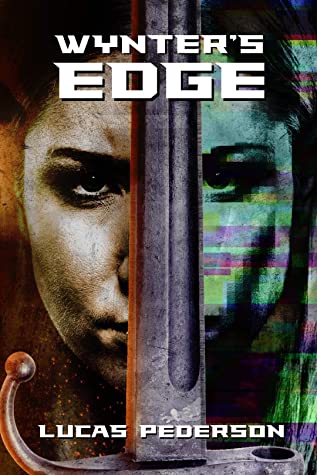In an age where nanobots (nites) take the form of mythical creatures like dragons and become the scourge of the world, only a sacred few rise out of the shadows to battle them. Technosorcerers. Warrior sorcerers wielding the only weapons and spells able to take down a nite creation.
Wynter is one of the best technosorcerers in the world and when someone needs a nite creation taken out, she’s the one they call. But when a powerful, yet shady group called the psychonauts kidnap her daughter they give her a choice.
Kill the President of the United States, or her daughter dies.
The President is no longer the President, they claim, but a nite creation and Wynter must stop the nites before they fully infiltrate the Government and spread. But nothing is what it seems. Darkness strangles the light, giving way to Wynter’s greatest foe.
And, perhaps, her final battle.
Amazon Link: Wynter’s Edge
Author: Lucas Pederson
Genre: Dystopian Science Fantasy
Rating: 3/5 stars
This was a quick, sparse read without taking much time to develop the characters. It was a bit like reading through someone’s account of a video game: jumping from one fight scene to the next with snippets of dialogue in between that hint at larger backstories, but never fully go into detail. Almost every problem is solved by Wynter killing everyone. Sometimes she hesitates and wonders if she should resort to violence before she acts, but the fighting seems inevitable and she never regrets it afterward.
The setting also felt underdeveloped to me. There are nanobots taking over the world, called nites, and they often choose to take the form of mythical creatures like dragons or unicorns, but why? Also, there seem to be a lot of real mythical creatures running around too, like fairies and goblins. And the land has been transformed by magic. Did the magic happen before or after the nites invaded the world? Why? Wynter doesn’t seem to care about the answers so it seems like we’ll never get them.
The idea of technosorcery, or being able to pull magical energy from technology, was interesting, but it seemed like it was dropped halfway through. Again, just one more part of the story that raised more questions than it answered.
By the end, it felt like nothing had really changed for Wynter or the world. There were interesting concepts and questions but they didn’t go anywhere.
LGBT representation: Wynter is bisexual and mentions past relationships with men and women, but her romantic life isn’t part of this story.





